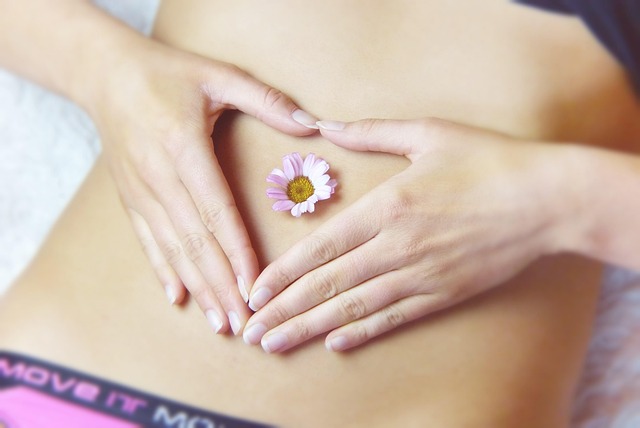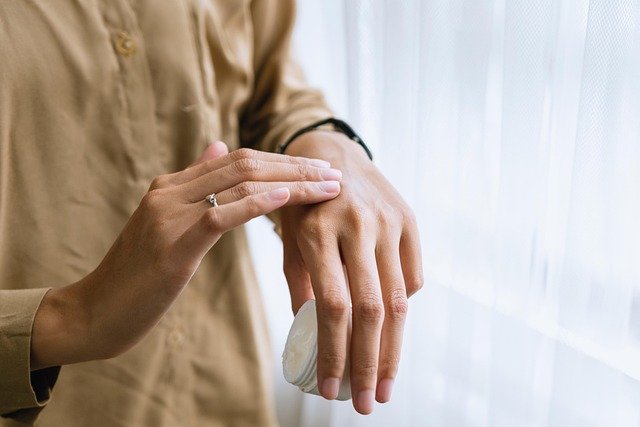Natural Ingredients to Support Foot Hydration and Comfort
A well-designed foot soak can be a simple, low-cost way to relieve dry skin, soothe tired feet, and support comfort after standing or mild exercise. Using natural ingredients—such as salts, botanical oils, and mild acids—can help restore hydration, soften calluses, and create a calming ritual that supports general wellness without harsh chemicals.

How do natural ingredients support body wellness?
Natural foot soaks use salts, plant-based oils, and gentle acids to improve skin hydration and texture. Epsom salt and magnesium-containing minerals can relax muscles and ease mild soreness, while sodium bicarbonate (baking soda) buffers water pH for gentle exfoliation. Botanical oils such as jojoba, almond, or fractionated coconut oil help reinforce the skin’s lipid layer on the feet, supporting the body’s natural barrier. These ingredients are typically chosen for their low irritation potential and compatibility with routine foot care, making them a useful complement to broader wellness habits.
Which ingredients help circulation and neuropathy?
Ingredients that support circulation in a foot soak include warm water combined with mild stimulants like ginger or menthol-driven essential oils (used sparingly). For people with neuropathy, attention to water temperature and duration matters more than specific additives: overly hot soaks can cause burns because of reduced sensation. Natural remedies such as turmeric have anti-inflammatory properties when used cautiously, but evidence varies; they should not replace medical treatments for diagnosed neuropathy. Consult a healthcare professional for tailored guidance if you have circulation disorders or nerve-related conditions.
Are foot soaks safe with heart or medical diagnosis?
Foot soaks are generally safe for healthy individuals, but anyone with a significant medical diagnosis—such as recent heart events, unmanaged diabetes, or post-surgical recovery after procedures like abdominoplasty—should consult their clinician first. Patients who use implanted or external medical equipment, or those monitored with tests such as electrocardiogram or who rely on electrodes for diagnostics, should check with providers before starting any hydrotherapy routine. Avoid prolonged hot soaks after anesthesia or dental procedure-related sedation; changes in blood pressure or temperature regulation can occur and merit professional advice. This article is for informational purposes only and should not be considered medical advice. Please consult a qualified healthcare professional for personalized guidance and treatment.
Do diet and healthy food affect foot comfort?
Systemic factors influence skin health: a varied diet with sufficient protein, healthy food sources of vitamins (A, C, E), zinc, and omega-3s supports skin repair and hydration. Hydration and cardiovascular health—linked to heart function—affect peripheral tissues, so maintaining a balanced diet can indirectly improve foot comfort. Oral health and dental health may seem unrelated, but chronic oral infections can influence systemic inflammation; addressing gums and mouth disease is part of overall wellbeing. While topical soaks help local skin, they work best alongside sensible nutrition and broader body care.
How do topical treatments compare in approach?
Topical approaches vary from simple saline or salt soaks to enriched formulations with mild acids (alpha-hydroxy acids for callus softening), plant extracts, or hydrating humectants like glycerin and urea in follow-up creams. Laser or advanced in-clinic treatments address structural or vascular issues rather than surface hydration; those are medical procedures and require professional diagnosis. For ordinary dryness, a soak followed by mechanical exfoliation and applying an occlusive moisturizer is an evidence-aligned routine. Considerations such as ease of use in a small bathroom or access to a dedicated footbath versus using a basin near a toilet should guide practical choices.
| Product/Service | Provider | Cost Estimation |
|---|---|---|
| Basic Foot Soak Session (bath + mild salts) | Independent spa or salon in your area | $15–$35 per session |
| Foot Soak with Scrub and Moisturizer | Regional chains (example: hand & stone type services) | $30–$60 per session |
| Deluxe Pedicure with Soak, Steam, and Treatment | Larger spa chains or boutique spas | $50–$120 per session |
Prices, rates, or cost estimates mentioned in this article are based on the latest available information but may change over time. Independent research is advised before making financial decisions.
Provider and product comparison with cost
When choosing a provider, consider location, equipment quality, and hygiene standards. Independent spas often offer competitive pricing and personalized care, whereas larger chains may provide standardized protocols and liability coverage. Home-use foot soak kits and salts are a lower-cost option and typically range from a few dollars for simple salts to $20–$40 for blended botanical kits. If you require a medically oriented soak—such as one supervised for neuropathy or wound concerns—look for clinics that coordinate with your diagnosis and can document the use of medical-grade equipment.
Conclusion Natural foot soaks can be an accessible adjunct to foot care, combining hydrating ingredients, mild exfoliation, and calming botanicals to improve comfort. Their benefits are maximized when paired with sensible dietary choices, attention to underlying health conditions, and plain safety measures like monitoring temperature and consulting professionals after surgery or with chronic disease. Choose providers and products that match your needs, and consider cost, convenience, and clinical context when incorporating foot soaks into a regular care routine.






